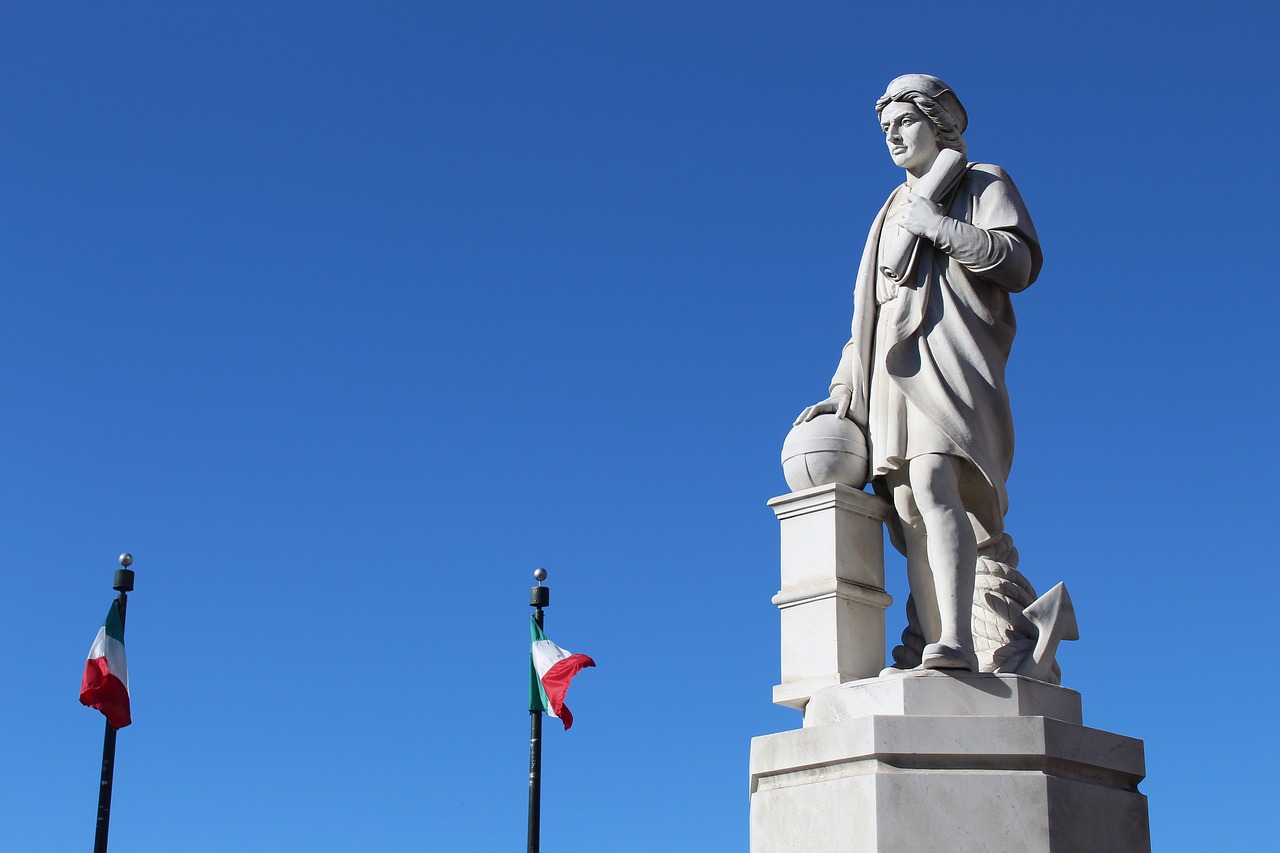On October 11, many U.S. states commemorate the anniversary of Christopher Columbus’ arrival in the Americas. As of 2021, 14 states have opted to celebrate Indigenous Peoples’ Day or a day by a similar name on this date instead or in addition to Columbus Day, deciding to highlight the plight of the indigenous people in the Americas since the Spanish and British conquests.
Many Latin American nations have also decided to rename the event. In Bolivia, for example, where almost half the population is of indigenous origin, it is called “Decolonization Day,” while in other countries such as Mexico and Colombia, it is known as “Race Day.”
As seen in our chart, Bolivia is the country in Latin America that is home to the largest indigenous population as a share of the total population as well as to the third-largest indigenous population in absolute terms. Densely populated Mexico has the biggest total indigenous population, which numbers 25.0 million people. According to the report “Indigenous World 2021” by the International Working Group for Indigenous Affairs, Latin American countries rank highest, but North American nations also make the top 8. The U.S. and Canada are home to large populations of indigenous people in absolute terms, with around 4.3 million indigenous people living in the U.S. (middle estimate) and 1.7 million living in Canada.
source statista
You will find more infographics at Statista
Ask me anything
Explore related questions


